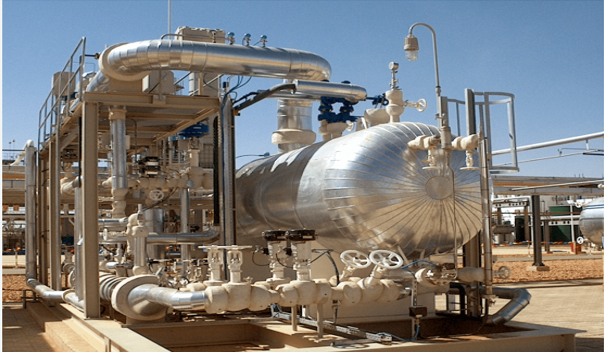In this article hydrocarbon gas liquids is explained, types of hydrocarbon, uses are listed and the every facts about hydrocarbon.
What is Hydrocarbon Gas Liquids?
Hydrocarbons are molecules of carbon and hydrogen in various combinations. Hydrocarbon gas liquids (HGL) are hydrocarbons that occur as gases at atmospheric pressure and as liquids under higher pressures. They are liquefied by cooling. The specific pressures and temperatures at which the gases liquefy vary by type of HGL. HGLs may be described as being light or heavy according to the number of carbon atoms and hydrogen atoms in an HGL molecule. Natural gas and crude oil are mixtures of different hydrocarbons.
Rock formations are often found in large bodies of water, so there is an immense quantity of hydrocarbons trapped deep beneath the oceans. Oil and natural gas exploration companies use advanced engineering techniques to identify these potential reservoirs and pull their resources to the surface for human use. Examples of such technologies include offshore oil platforms, directional drilling, and enhanced oil recovery (EOR) techniques. Hydrocarbons are very important for the modern economy. They are responsible for more than 80% of global energy consumption.
Read on: The role of oil and gas companies in the energy transition
Uses Of Hydrocarbon Gas Liquids
the role of hydrocarbons in the economy is significant by a margin because they are used in a wide range of applications aside from their use as a source of energy. For example, refined petroleum has been used to produce many derivative materials that play critical roles in the global economy, such as plastics, solvents, and lubricants. High energy density in liquid form makes them useful for many purposes:
- Feedstock in petrochemical plants to make chemicals, plastics, and synthetic rubber
- Fuels for heating, cooking, and drying
- Fuels for transportation
- Additives for motor gasoline production
- Diluent (a diluting or thinning agent) for transporting heavy crude oil
Types of Hydrocarbon Gas Liquids
Ethane: Is mainly used to produce ethylene, which is then used by the petrochemical industry to produce a range of intermediate products, most of which are converted into plastics. Supply and demand for ethane must be closely matched because demand for ethane is almost entirely in the petrochemical sector and because this product is difficult to transport by any mode other than in dedicated pipelines. In 2008, increased ethane supply, along with other natural gas plant liquids, resulted in some natural gas processors choosing not to recover the ethane that is produced with raw natural gas.
Propane: Fuel for space heating, water heating, cooking, drying, and transportation; petrochemical feedstock. stored under pressure inside a tank as a colorless, odorless liquid. As pressure is released, the liquid propane vaporizes and turns into gas that is used in combustion. An odorant, ethyl mercaptan, is added for leak detection.
Read on : HYDRAULIC FRACTURING
Butanes: normal butane and isobutane – Petrochemical and petroleum refinery feedstock, motor gasoline blending. Although some normal butane is used as fuel in lighters, most of it is blended into gasoline, especially during the cooler months. Because demand for isobutane exceeds supply, normal butane is also converted into isobutane. Isobutane, whether from natural gas plants, refineries, or isomerized from normal butane, is used to produce alkylates, which increase octane in gasoline and control the volatility of gasoline. High-purity isobutane can also be used as a refrigerant.
Natural gasoline (pentanes plus): Petrochemical feedstock, additive to motor gasoline, diluent for heavy crude oil. Natural gasoline is a liquid hydrocarbon mixture condensed from natural gas, similar to common gasoline (petrol) derived from petroleum. The chemical composition of natural gasoline is mostly five- and six-carbon alkanes (pentanes and hexanes) with smaller amounts of alkanes with longer chains. Natural gasoline is often used as a denaturant for fuel-grade ethanol, where it is commonly added volumetrically between 2.0% and 2.5% to make denatured fuel ethanol (DFE), or E98. This process renders the fuel-grade ethanol undrinkable.
Refinery olefins (ethylene, propylene, normal butylene, and isobutylene): Intermediate feedstocks in the petrochemical industry, Unsaturated hydrocarbon compounds, containing at least one carbon-to-carbon double-bond. Olefins are produced at crude oil refineries and petrochemical plants and are not naturally occurring constituents of oil and natural gas. Sometimes referred to as alkenes or unsaturated hydrocarbons. Excludes aromatics.

